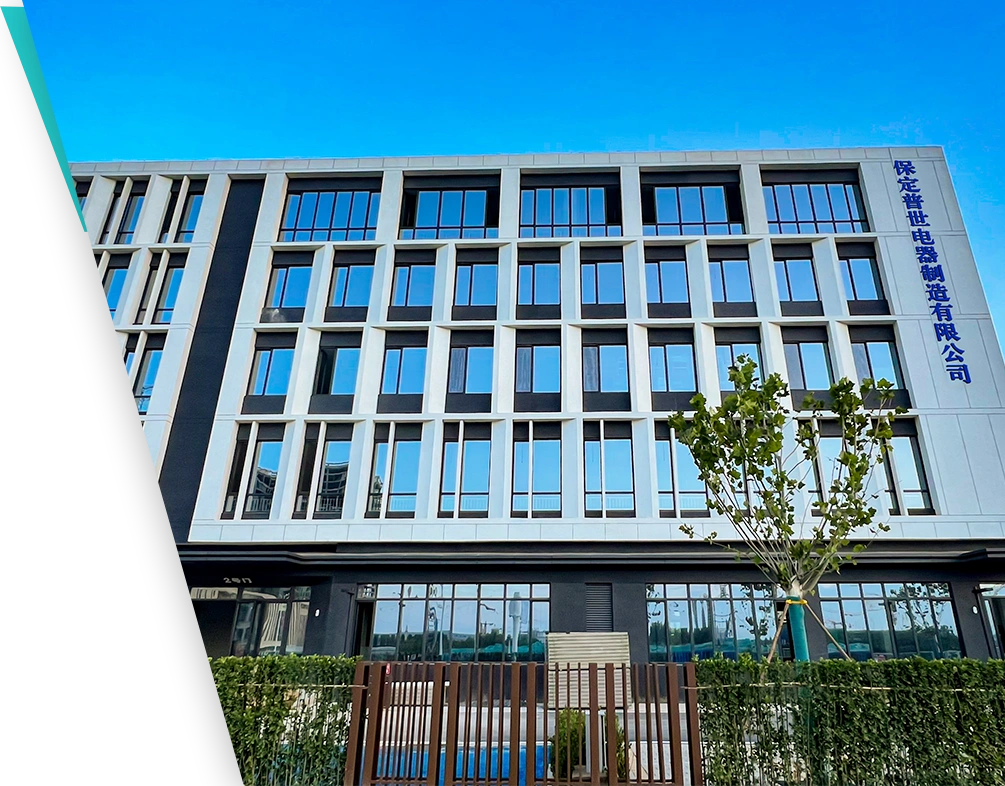 English
English


Application of Gas Chromatography and Mass Spectrometry in Analyzing Complex Chemical Mixtures
Gas Chromatography-Mass Spectrometry An Overview
Gas chromatography-mass spectrometry (GC-MS) is a powerful analytical technique used widely in various fields such as chemistry, biology, environmental science, and forensics. This method combines the features of gas chromatography and mass spectrometry to analyze chemical substances, providing both qualitative and quantitative data. Its versatility and sensitivity make it a preferred choice for identifying complex mixtures of compounds.
Principle of GC-MS
Gas chromatography functions by separating volatile compounds in a sample based on their different volatility and interaction with a stationary phase within a chromatographic column. The sample is vaporized and transported through the column by an inert carrier gas, typically helium or nitrogen. As the compounds move through the column, they interact with the stationary phase, causing them to separate due to differences in their boiling points and affinities for the stationary phase. The output is a chromatogram, which is a visual representation of the separated compounds, recorded as peaks.
Following the separation, the eluted compounds are introduced into the mass spectrometer. The mass spectrometric analysis involves the ionization of the compounds, followed by their fragmentation into smaller ions. These ions are then accelerated and sorted based on their mass-to-charge ratio (m/z). The resulting mass spectrum provides structural information about the compounds, allowing for their identification and quantification.
Applications of GC-MS
GC-MS is incredibly versatile and finds applications in numerous domains. In the field of environmental science, it is employed to analyze pollutants in air, water, and soil. For instance, it can detect volatile organic compounds (VOCs) released from industrial processes or harmful pesticides in agricultural products.
In the pharmaceutical industry, GC-MS is used for drug testing and control, aiding in the quality assurance of pharmaceutical products. It can identify active ingredients and their concentrations, ensuring compliance with safety regulations.
Forensic science also heavily relies on GC-MS to analyze substances such as drugs, alcohol, and toxic agents in biological samples. The high sensitivity of the technique allows for the detection of trace amounts, which is crucial in criminal investigations.
gas chromatography mass spectrometry

Moreover, GC-MS plays a vital role in the fragrance and flavor industry. It helps in the characterization of essential oils and natural extracts, guiding the formulation of perfumes and food products.
Advantages of GC-MS
One of the primary advantages of GC-MS is its high sensitivity and specificity. It can detect compounds at very low concentrations, making it suitable for trace analysis. Additionally, the combination of chromatography and mass spectrometry allows for effective separation and detailed structural analysis of complex mixtures.
Another significant benefit is the ability to analyze a broad range of compounds. While it's primarily used for volatile and semi-volatile substances, advancements have been made to analyze less volatile compounds through derivatization techniques.
Challenges and Future Prospects
Despite its advantages, GC-MS comes with challenges. Sample preparation can be time-consuming and may introduce errors. Furthermore, the technique may not be suitable for polar or thermally labile compounds without appropriate derivatization.
Looking forward, advancements in technology such as improved mass spectrometers, faster chromatography techniques, and automated sample preparation systems are expected to enhance the capabilities of GC-MS. Integration with other analytical techniques like liquid chromatography could further broaden its application range.
Conclusion
Gas chromatography-mass spectrometry is a cornerstone of modern analytical chemistry, providing invaluable insights across various fields. Its ability to separate, identify, and quantify compounds with high sensitivity and specificity continues to drive research and innovation, making it an essential tool in scientific exploration and quality control. As technology evolves, the potential applications of GC-MS will likely expand even further, solidifying its role as a key technique in analytical chemistry.
-
Differences between open cup flash point tester and closed cup flash point testerNewsOct.31,2024
-
The Reliable Load Tap ChangerNewsOct.23,2024
-
The Essential Guide to Hipot TestersNewsOct.23,2024
-
The Digital Insulation TesterNewsOct.23,2024
-
The Best Earth Loop Impedance Tester for SaleNewsOct.23,2024
-
Tan Delta Tester--The Essential Tool for Electrical Insulation TestingNewsOct.23,2024





